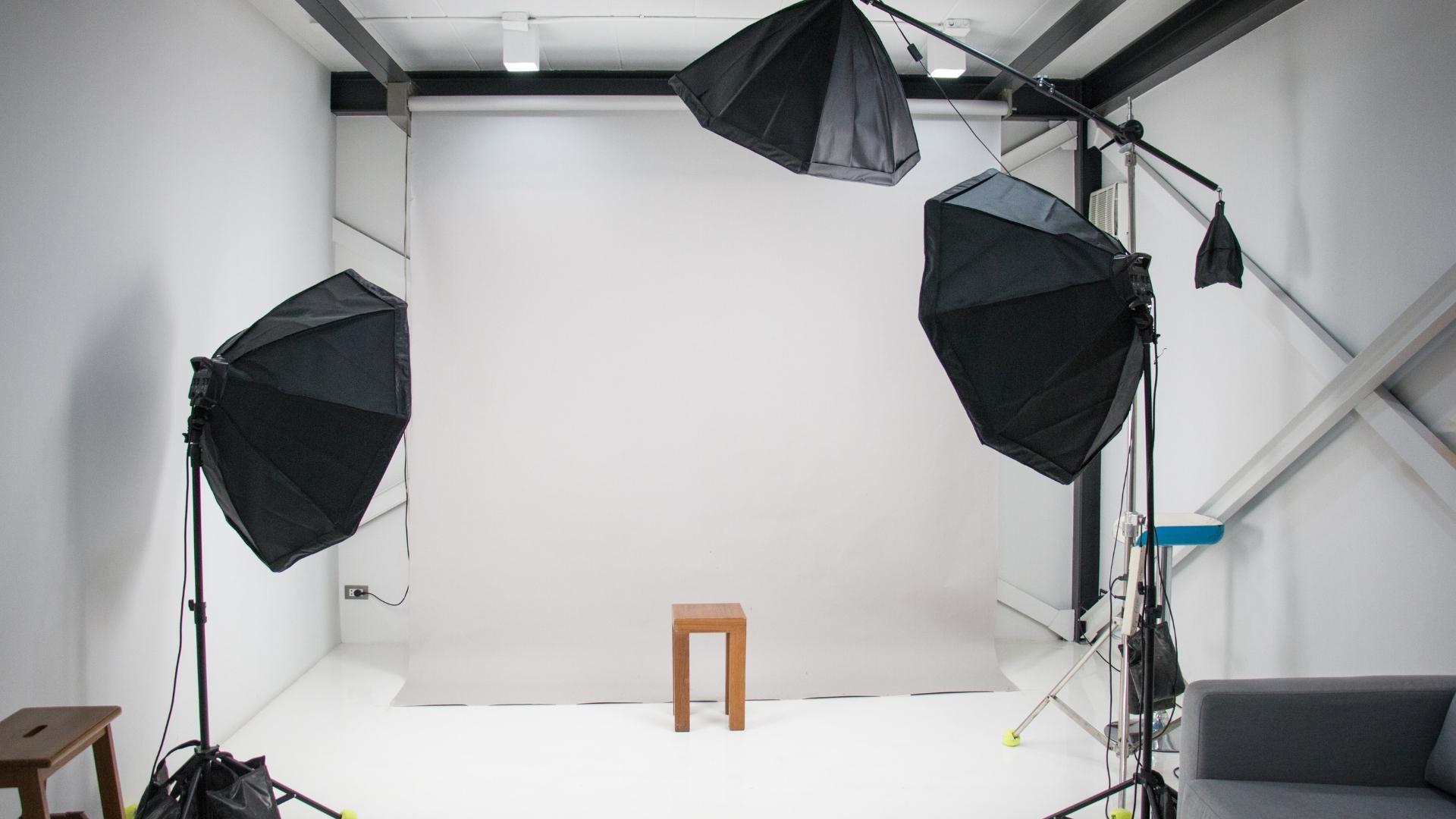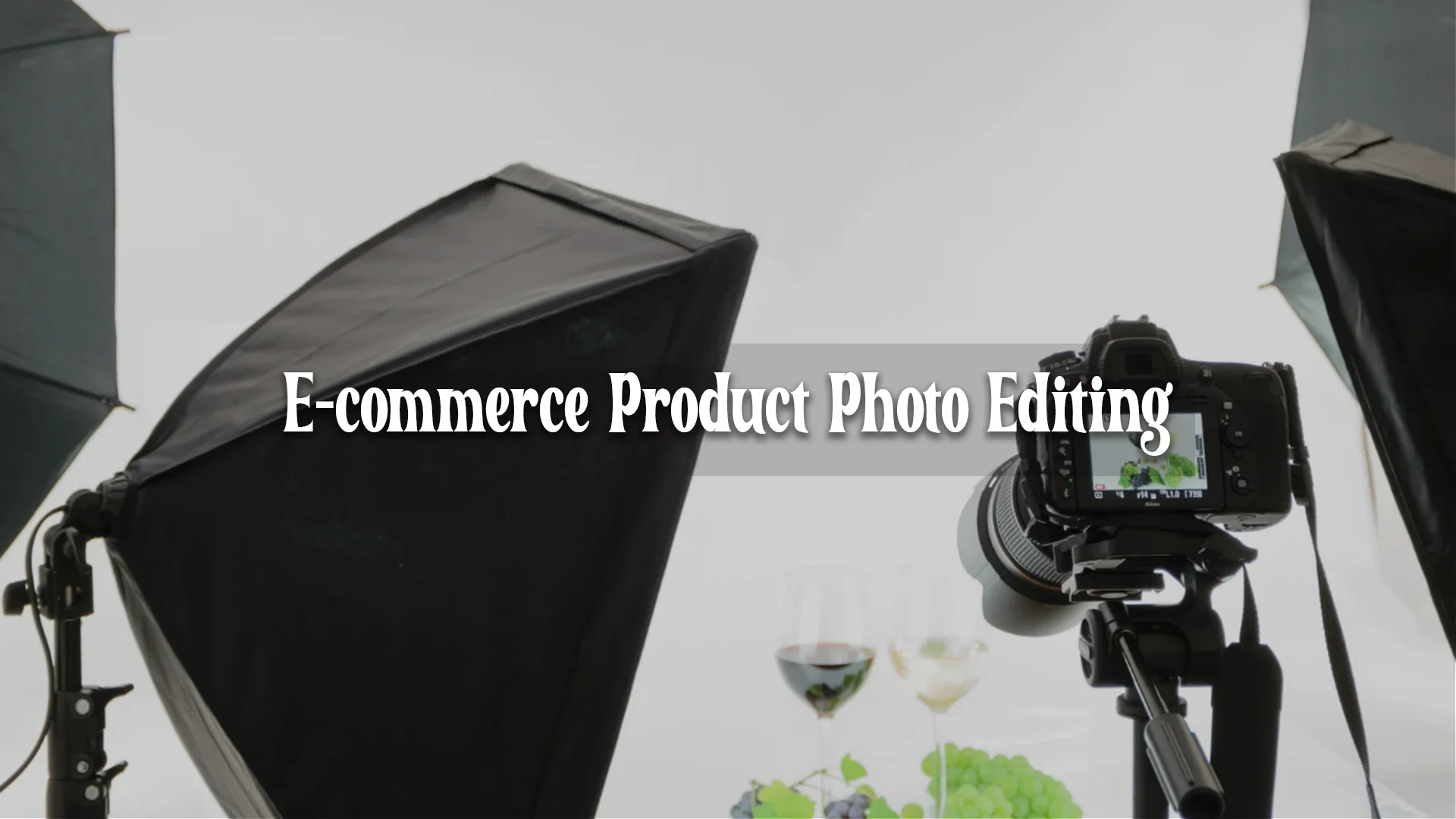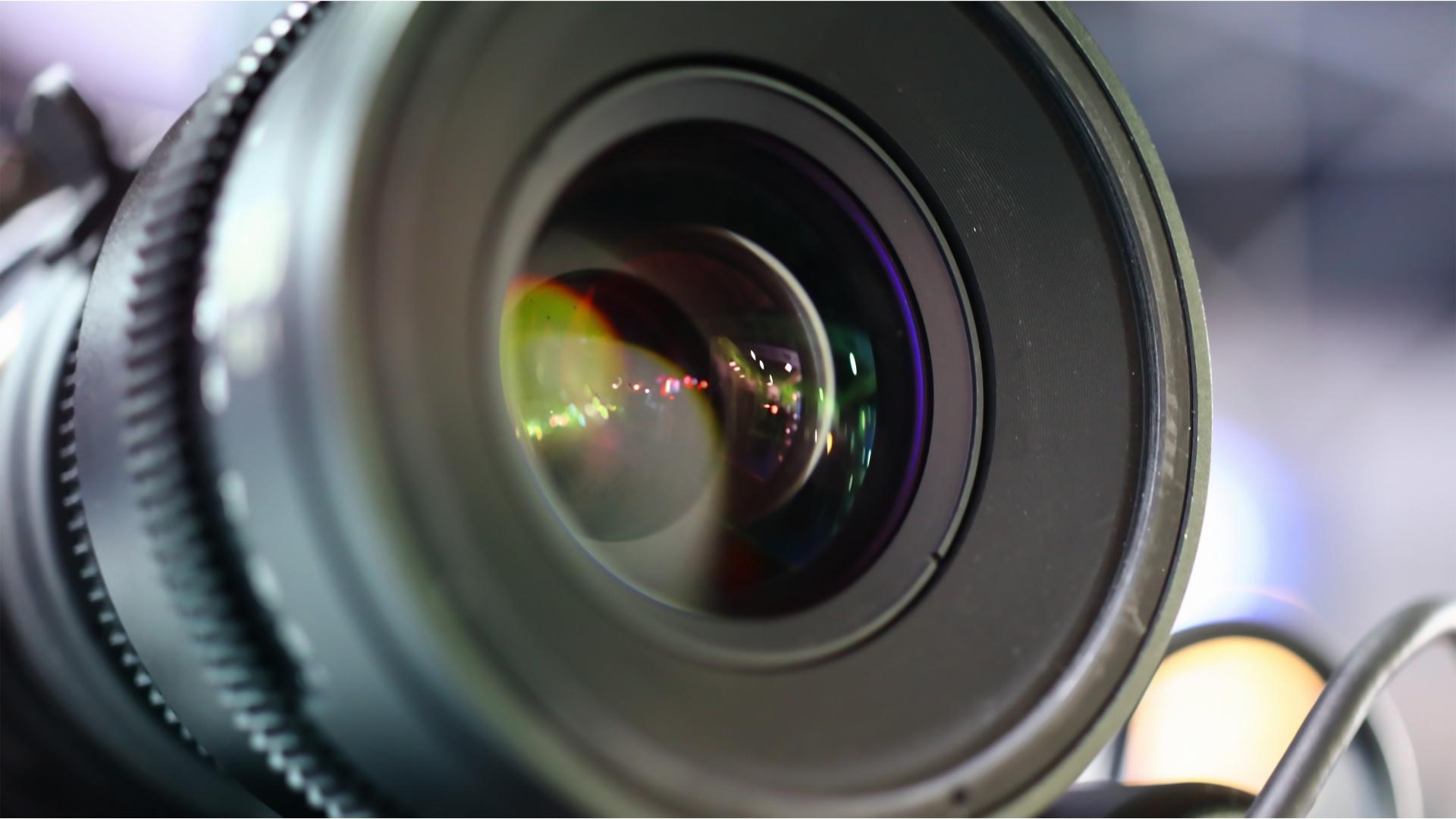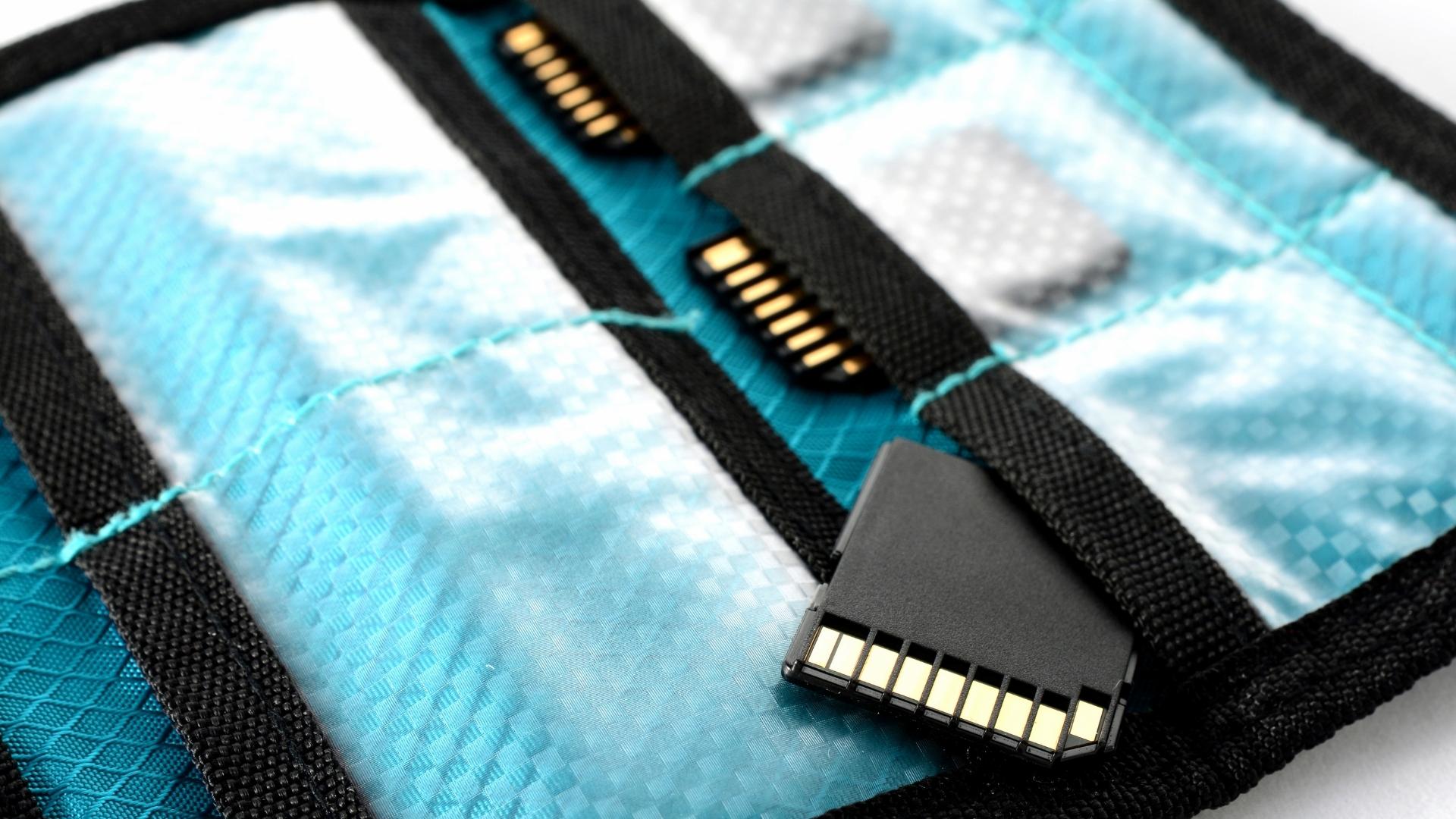It is important to depict the most important details in product photography as sharply as possible. The viewer wants to see a perfect photo of an item to buy blind links. To create a high-quality photo without reflections and shadows, light cubes are ideal. Regardless of the size of such a light tent, there is usually a so-called hollow throat inside. This hollow is usually fixed via a Velcro fastener at the front of the floor opening of the tent and the rear sky of the light tent. The purpose of a hollow is that the objects placed in front of it do not create a shadow, and the background runs smoothly into infinity.
The objects to be photographed should be placed in the middle of the light tent from both sides. The front distance should be chosen so that the object is placed so far back in the horizontal hollow just before it begins its slightly curved slope. If the translucent fabric of the light cube is illuminated from both sides at an even distance from the light source, the object in the light cube is completely exposed and photographed without casting shadows.
At what height should the camera lens be located?
The objects can only be photographed from the front in a light cube. If you want to photograph through the lens slot of the front light cube cover, you have little lateral leeway. Therefore, all products inside the cube should also be centered. Depending on the object, it may be appropriate to place it on an attractive base. If, for example, jewelry is photographed, then an elevation covered with a small velvet blanket is recommended. This also brings the camera lens closer to the object so that you can even switch to macro mode if necessary. Otherwise, the height of the product to be photographed should be chosen so that it can be recorded to fill the format. Since the viewer wants to see as much of the product as possible, it is better if the object can be photographed diagonally from the front.
Special effects through lighting and additional accessories
It is not always desirable to photograph exclusively without shadows. If, for example, coins have to be photographed or other objects in which the finely detailed surface must come into their own, then you can cover the lighting a little on the light cube side or change the irradiation angle. This results in a slight change in light inside with very slight shadow casting, which excellently emphasizes the surface structure of objects. But also, additional accessories that do not distract excessively from the main motif are suitable to create a special mood.
If, for example, Christmas articles are to be photographed, small fir branches with bows or Christmas balls are ideal for an overall festive atmosphere. They should be placed in the cube at an appropriate distance from the main motif to avoid great distraction. If, for example, a pair of women’s shoes is to be photographed, then it makes sense to place them diagonally from the front. In the background, you could set up a small figure of the Paris Eiffel Tower so that in this way, a particularly noble French look is associated with the shoes.




